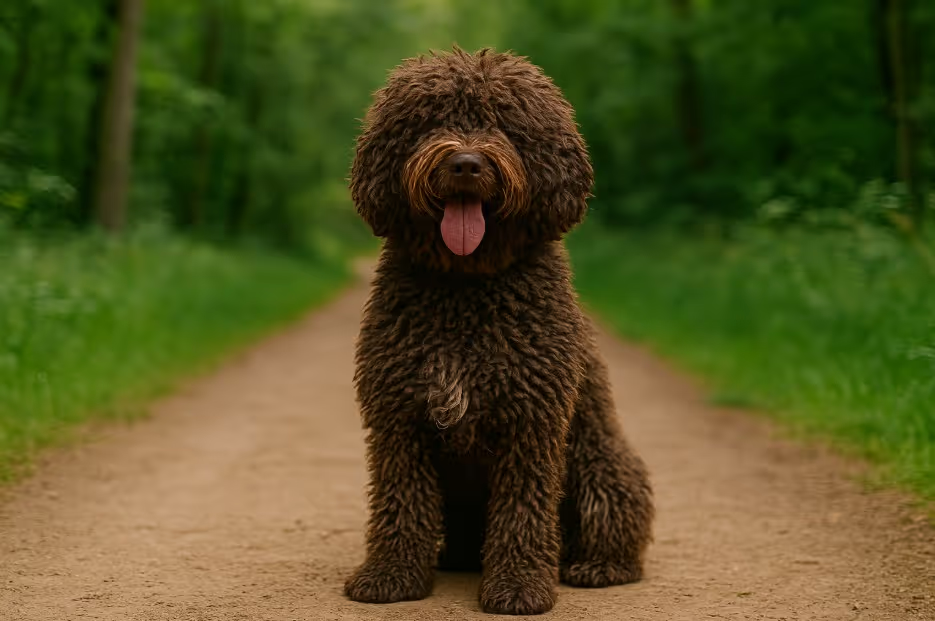The Barbet is a cheerful, water-loving French retriever known for its curly coat, keen intelligence, and affectionate personality. Originally bred as a versatile waterfowl retriever, the Barbet thrives in active households that can match its energy and love for outdoor adventures. Friendly, gentle, and highly trainable, this rare breed makes a wonderful companion for families, hunters, and dog sport enthusiasts alike.

The Barbet is one of France’s oldest retriever breeds, with records dating back to the 16th century. Its name derives from the French word barbe, meaning “beard,” a nod to the breed’s distinctive facial hair. Bred to retrieve waterfowl from lakes, rivers, and marshes, the Barbet was highly valued by hunters for its versatility and ability to work in harsh weather. By the mid-20th century, the breed had nearly vanished but was revived through dedicated preservation efforts. Today, while still rare, the Barbet is recognized by the Fédération Cynologique Internationale (FCI) and gaining popularity worldwide as both a sporting and companion dog.
A medium-sized, sturdy dog with a distinctive woolly coat and expressive face.
The Barbet’s curly coat requires consistent maintenance to prevent matting.
An active retriever with a love for water and outdoor activity.
The Barbet is intelligent, eager to please, and responsive to gentle training methods.
A healthy diet supports their active lifestyle and coat health.
Generally healthy but can be prone to certain hereditary issues.
The Barbet remains a rare breed in Canada but is available through select breeders.
Is the Barbet hypoallergenic?
No dog is truly hypoallergenic, but the Barbet’s low-shedding coat can be suitable for mild allergy sufferers.
Do Barbets like water?
Absolutely—most Barbets love swimming and retrieving in water.
Are Barbets good with kids?
Yes, they are gentle, patient, and affectionate with children.
Can Barbets live in apartments?
Yes, if given daily exercise and mental stimulation, though they thrive in homes with access to outdoor space.
Do Barbets bark a lot?
They are not excessive barkers but will alert if something unusual occurs.
Are Barbets easy to train?
Yes, they are intelligent and eager to please, making them responsive to positive reinforcement training.
Do Barbets shed?
They shed minimally, but their curly coat requires regular grooming to prevent mats.
What is their energy level?
Moderate to high—best for active households.